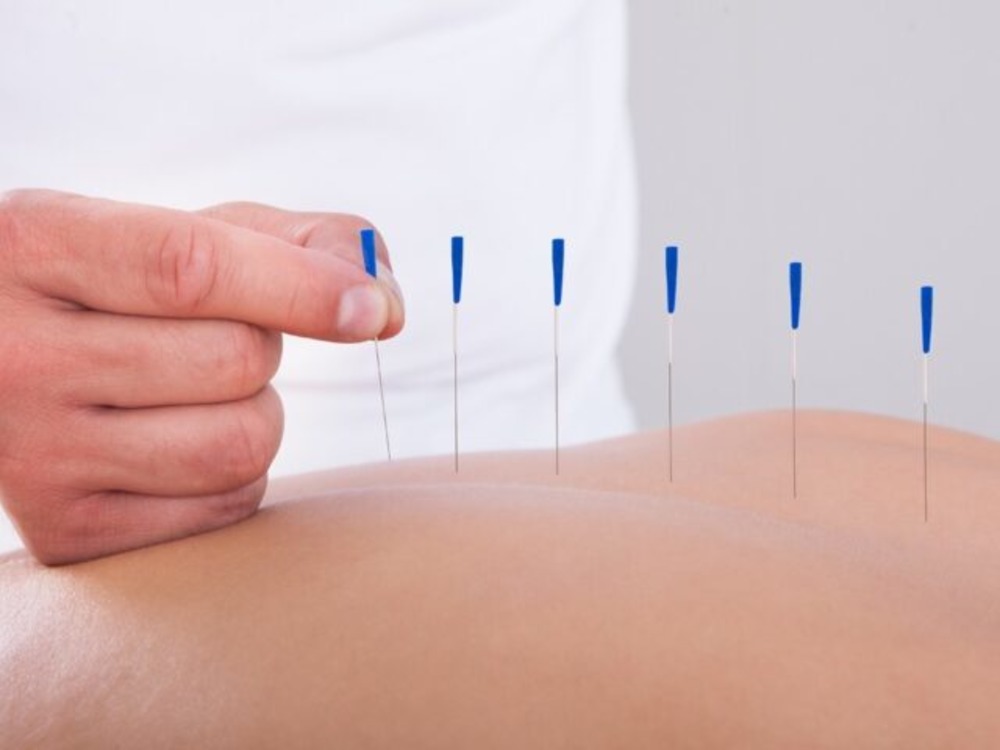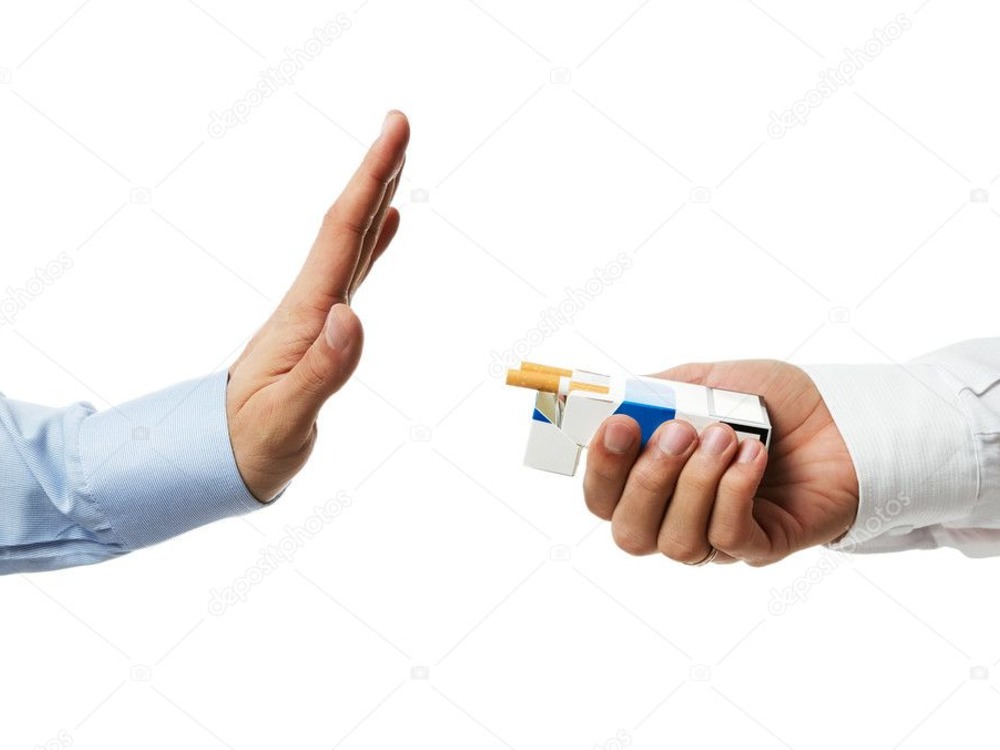Scientists have been struggling with the Chinese mystery for several centuries – the pain-relieving effect of acupuncture. Research shows that in the 20th century, interest in this area of alternative medicine has grown significantly in Western countries and the United States. Information about acupuncture first appeared in the United States after President Richard Nixon’s visit to China. After that, it was established that at various times, approximately 6% of the American population resorted to acupuncture sessions for therapeutic or health purposes.
Scientists have conducted a huge number of studies, surveys, and analyses regarding the benefits of acupuncture. In the next experiment, specialists from London College, the University of Southampton, and the University of York scanned the brains of participants during acupuncture. The main group of volunteers had needles inserted to a depth of 1 cm, and the control group – to 1 mm. When needles were inserted to a shallow depth (1 mm), the body’s normal reaction to pain appeared – activation of the motor areas of the cortex. Deeper penetration of the needle, to the amazement of scientists, led to the suppression of the activity of the limbic system – one of the parts of the brain that generates pain. Previously, it was assumed that acupuncture, on the contrary, stimulates brain structures. Chinese specialists take needles as an alternative to anesthesia during operations. British scientists are still wary of this practice, agreeing only that acupuncture can be used to alleviate certain conditions. And skeptics claim that acupuncture helps only those people who sincerely believe in its beneficial effect. However, at present, acupuncture is widely used in traditional medicine. It is mainly used in the postoperative period to relieve pain, nausea after chemotherapy. Acupuncture gives a good effect in the treatment of headaches and joint pain.
The American College of Rheumatology also recommends acupuncture as an effective remedy for chronic pain.






